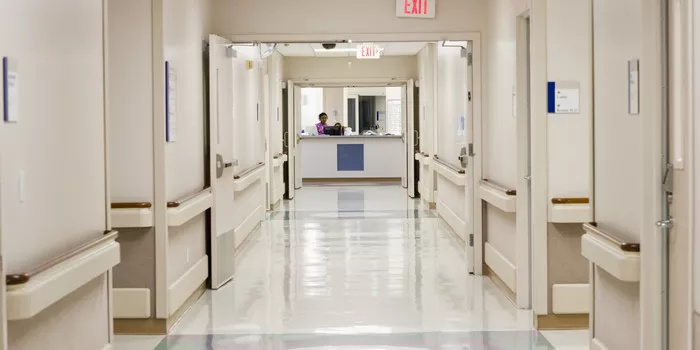FAQs
How long does it take for lower back strain to heal?
The healing time for lower back strain varies depending on the severity of the injury. Mild strains typically heal within a few days to a week, while more severe strains may take several weeks or even months to fully recover. Adequate rest, proper care, and appropriate treatment, such as physical therapy and pain management, can significantly influence the healing process. In some cases, a healthcare professional may recommend exercises to strengthen the back muscles and prevent future injuries.
Can lower back pain heal on its own?
Yes, lower back pain can often heal on its own, especially if it is caused by a minor strain or sprain. Most cases of lower back pain improve within a few weeks without the need for extensive medical treatment. Self-care measures such as rest, over-the-counter pain relievers, gentle stretching, and applying heat or ice to the affected area can help alleviate symptoms and promote healing. However, if the pain persists, worsens, or is accompanied by other symptoms such as numbness or weakness, it is important to seek medical advice.
How many days should I rest for lower back pain?
For lower back pain, rest is recommended for a short period, usually one to two days. Prolonged bed rest is generally not advised as it can lead to stiffness and muscle weakness, which may prolong recovery. After the initial rest period, it is beneficial to gradually resume light activities and gentle exercises to maintain mobility and strength. It’s important to listen to your body and avoid activities that exacerbate the pain. If necessary, consult with a healthcare provider for personalized advice and a tailored recovery plan.
Related topics:
- Uncovering Blockages Through Stress Testing: A Comprehensive Guide
- Understanding & Managing a Tweaked Lower Back: A Comprehensive Guide
- Subclinical Atherosclerosis: Understanding, Detection & Treatment


